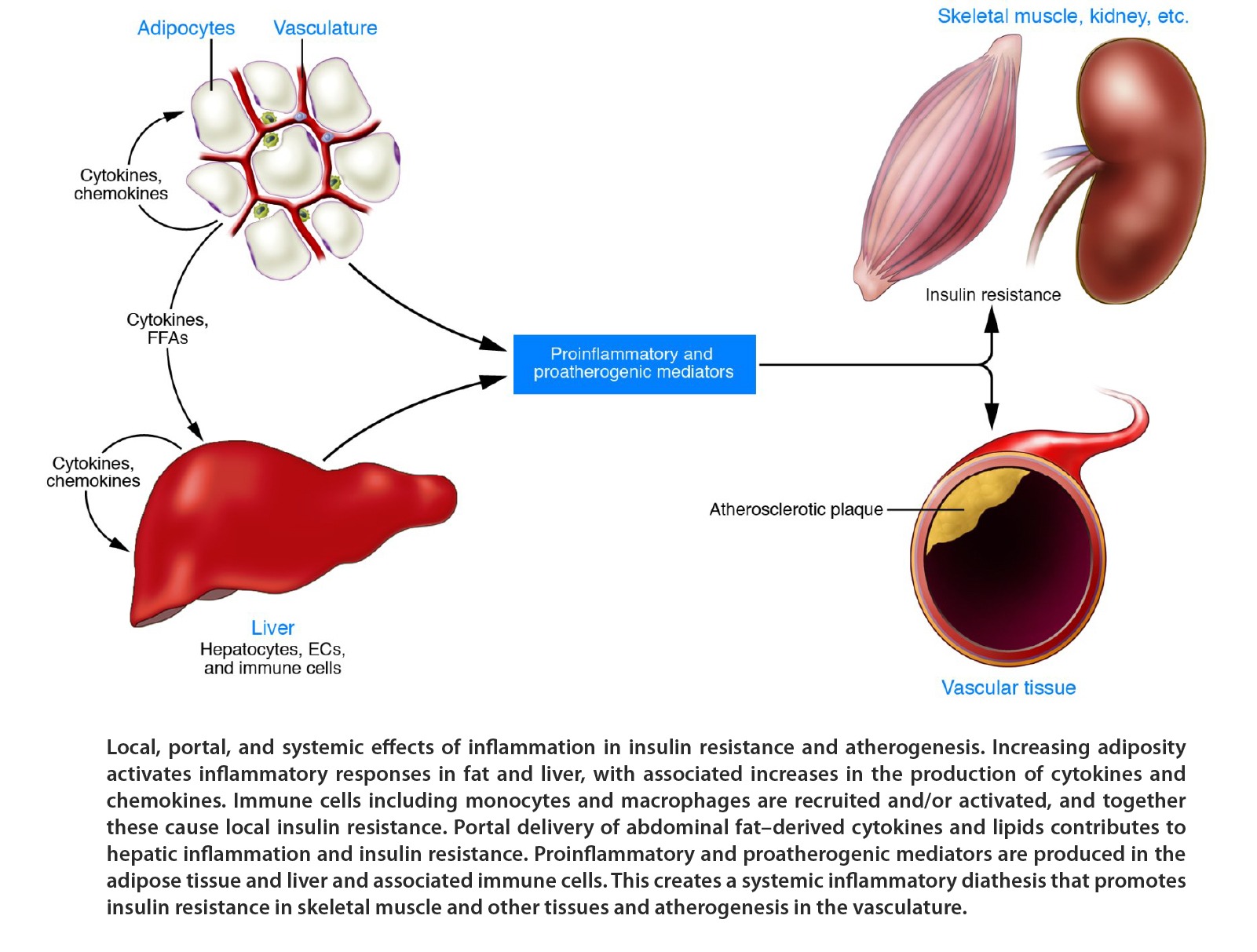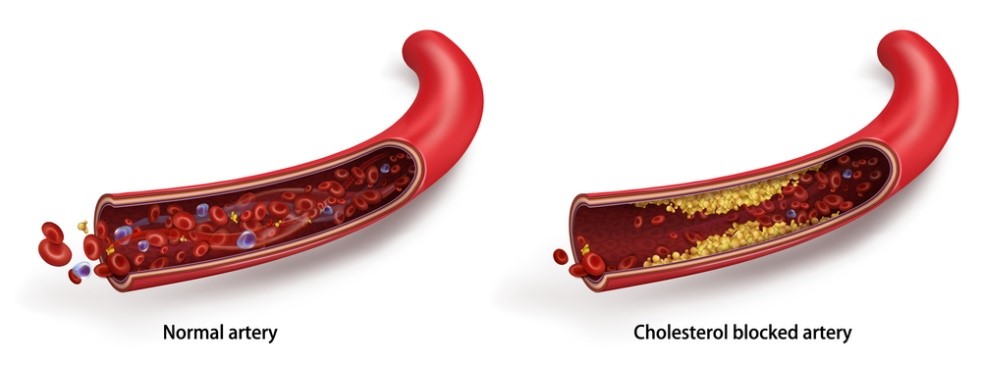Other Opportunities
Fibrotic Conditions
Inflammation
Atherosclerosis
Oncology
Bone Repair
Viral Diseases
Fibrotic Conditions

Pulmonary fibrosis is a condition in which lung tissue becomes thickened, stiff and scarred. Some factors that contribute to pulmonary fibrosis are exposure to pollutants, chemotherapy, radiation therapy and even some antibiotics. When cause for the development of pulmonary fibrosis is unknown, the disease is referred to as idiopathic pulmonary fibrosis (IPF). As lung tissue becomes scarred and thickens due to fibrosis, it becomes more difficult for the lungs to deliver oxygen to the blood, which can affect other organs, such as the brain and heart. Many other complications can arise from lung fibrosis, including respiratory failure and lung cancer.
According to the National Institutes of Health, IPF has an estimated prevalence of 13 to 20 per 100,000 people worldwide. An estimated 100,000 people are affected in the United States with 30,000 to 40,000 new cases being diagnosed each year, and as many as 40,000 Americans die from IPF each year.

According to the National Institutes of Health, IPF has an estimated prevalence of 13 to 20 per 100,000 people worldwide. An estimated 100,000 people are affected in the United States with 30,000 to 40,000 new cases being diagnosed each year, and as many as 40,000 Americans die from IPF each year.
Chronic Inflammation
Chronic inflammation in many tissues and organs often result in irreversible damages and poor quality of life due to pain, organ failure, and morbidity. Most prevalent anti-inflammatory drugs are steroids and non-steroidal agents. Unfortunately, the chronic long-term use of these agents results in severe side effects that makes their use limited. In addition, recently developed biologics that are prescribed for controlling inflammation can result in dampening of the patient’s normal immune responses to foreign agents and cancer. We have identified anti-inflammatory oxysterol drug candidates that act through different mechanisms than those of steroids and NSAIDs, and as such hold promise for being safe when used long-term. Oxy210 is one such anti-inflammatory oxysterol that controls chronic inflammation by targeting macrophages in preclinical models of NASH, atherosclerosis, and obesity. Obesity is a risk factor for several chronic inflammatory conditions, including atherosclerosis, NASH and metabolic inflammation of fat tissue. Inflammation in fat tissue can result in insulin resistance which leads to diabetes.
Figure derived from: Shoelson SE, Lee J, Goldfine AB. Inflammation and insulin resistance. J Clin Invest 116:1793-1801; 2006
Atherosclerosis
Cardiovascular disease (CVD) is common not only in the United States (US) but also worldwide. Atherosclerosis is known to be the major cause of CVD and its complications, including coronary artery disease (e.g., heart attack, heart failure, etc.), peripheral vascular disease and stroke. Atherosclerosis is characterized by gradual accumulation and modification of low-density lipoprotein cholesterol (LDL-C) in the artery walls, which eventually results in the formation of plaques that can rupture and obstruct blood flow, causing heart attack and stroke. Atherosclerosis is also known as a chronic inflammatory condition because of the involvement of pro-inflammatory immune cells, so-called macrophages, that are recruited to the blood vessel wall to remove the modified cholesterol products. However, in this process the macrophages often become loaded with toxic lipids and die before they can exit the vascular wall, resulting in the formation of atherosclerotic plaques.
According to the American Heart Association, approximately 121.5 million adults in the US may suffer from CVD, a leading cause of death for both men and women. About one in 58 people, or 4.6 million Americans, are directly affected by atherosclerosis in the US, although atherosclerosis is often symptom-free prior to the onset of CVD. Coronary artery disease alone accounts for approximately 610,000 deaths in the US annually, about 1 in 4 deaths. Nearly 735,000 Americans suffer heart attacks each year. Stroke is the number 5 cause of death globally and a leading cause of disability in the US: nearly 795,000 people suffer from stroke every year in the US, resulting in about 140,323 deaths.
Despite the positive impact cholesterol lowering drugs, such as statins, and lifestyle changes have had on treatment of atherosclerosis, the mortality from CVD is expected to increase from over 17 million in 2018 to almost 24 million by 2030 globally, and there continues to be a great unmet medical need for more effective and safe therapies. The market for anti- atherosclerosis drugs is expected to grow by over $3 billion USD between 2022-2026. Small molecule drugs, such as statins, that can reduce risk of atherosclerosis associated complications, are projected to see a significant amount of the growth over biologics.
At MAX BioPharma we have identified proprietary small molecule semi-synthetic oxysterols, exemplified by our lead molecule Oxy210. Oxy210 significantly inhibits NASH in a humanized mouse model. Oxy210 is orally bioavailable and has favorable pharmacokinetic and safety profiles. Oxy210 displays its anti-inflammatory effects in macrophages and vascular endothelial cells in part through inhibition of toll-like receptor signaling.
In recent years, in addition to classic risk factors for atherosclerosis, namely diabetes, hypercholesterolemia, hypertension and smoking, a significant correlation between non-alcoholic fatty liver disease (NAFLD), especially non-alcoholic steatohepatitis (NASH), and atherosclerosis has been reported. Patients with NAFLD and NASH die from CVD more frequently than from liver disease. In fact, NAFLD and NASH, are now considered independent, and likely causal, risk factors for the development of atherosclerosis. It has been therefore proposed that therapies that treat NAFLD may also inhibit atherosclerosis, especially since these diseases share common underlying factors including inflammation, lipid deposition and oxidation, and dysfunctional macrophages.
Oncology

Treatment of lung cancer remains an unmet medical challenge. Lung cancer is the leading cause of cancer death in the US. The American Cancer Society has estimated that in 2019 in the US, 228,150 people (116,440 men and 111,710 women) will be diagnosed with lung cancer, and that 142,670 people will die of lung cancer. On average, 1 in every 15 men and 1 in every 17 women will develop lung cancer. Because the symptoms of lung cancer often do not appear until the disease is already at an advanced stage, this may delay the diagnosis and give the disease a chance to progress. Despite many available generic treatment options, such as chemotherapy, radiation therapy, and surgery, and more specific therapies such as targeted therapy and immunotherapy, lung cancer continues to be associated with poor prognoses and a lower five-year survival rate than many other forms of cancer. For advanced metastatic lung cancer, the five-year survival rate remains low, at less than 5 percent. Metastasis and drug resistance are known to be major causes of failure in lung cancer therapy. New medicines are needed to not only inhibit tumor growth but also reduce invasive activity and metastasis and help overcome drug resistance in lung cancer patients.
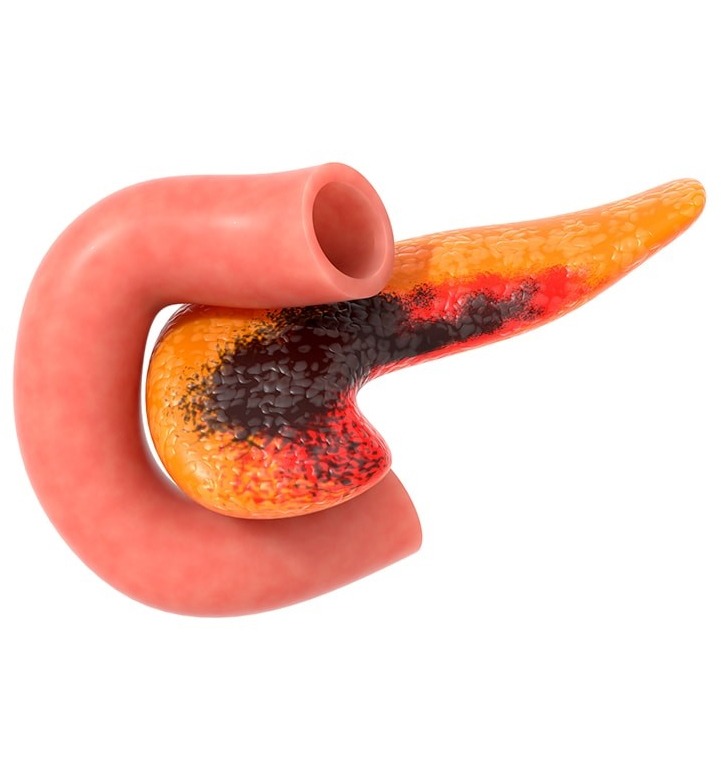
Pancreatic cancer is the fourth leading cause of cancer death in the US and is expected to become the second leading cause by 2020. The American Cancer Society has estimated that in 2019 in the US, 56,770 people (29,940 men and 26,830 women) will be diagnosed with pancreatic cancer, and that 45,570 people will die of pancreatic cancer. As US population demographics change, the number of new cases of pancreatic cancer is expected to increase more than 2-fold and the number of deaths will increase 2.4-fold by the year 2030. Because the pancreas is located deep in the abdomen, early detection of this cancer is often difficult. In addition, pancreatic cancer tends to readily metastasize, even in early stages of the disease. Complete surgical removal of the tumor is possible in only about 15% of patients with the most common type of pancreatic cancer. Chemotherapy or chemotherapy with radiation and drug therapies are available, but five-year survival rates remain low, at less than 5 percent.
Bone Repair
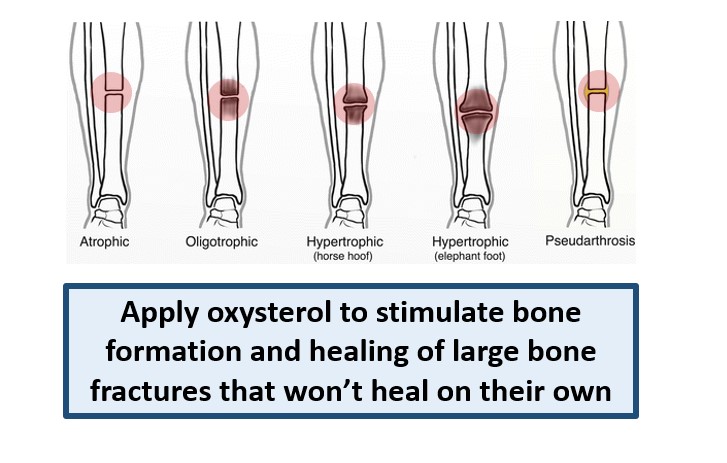
Another application of Oxy133 is in the area of non- or poorly-healing bone fractures. In some patients, broken bones do not readily knit back together naturally for several reasons. For example, the fracture may be too severe, the patient may be diabetic, suffer from osteoporosis, or may be a heavy smoker, among other factors. A surgeon repairing such fractures may have to graft bone from elsewhere in the body or use cadaver bone to stimulate bone formation and fracture healing. In this context, Oxy133 could be used to induce bone formation around the fracture to knit the bones back together naturally.
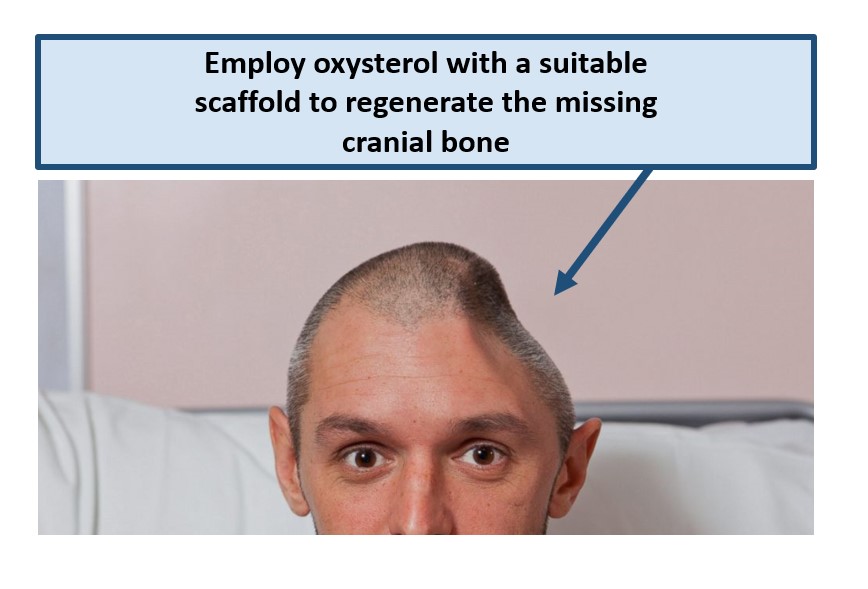
Oxy133 could potentially be used to help trauma patients recovering from injuries to their facial or head bones. The natural and unaided healing of such injuries can be incomplete or defective, resulting in gaps where fractured bones did not heal or regenerate completely. Oxy133, used alone or in combination with mesenchymal stem cells, incorporated in a scaffold could be placed in a bone defect to regenerate bone. We have demonstrated robust bone formation by Oxy133 in animal models of cranial and maxillofacial bone defects.
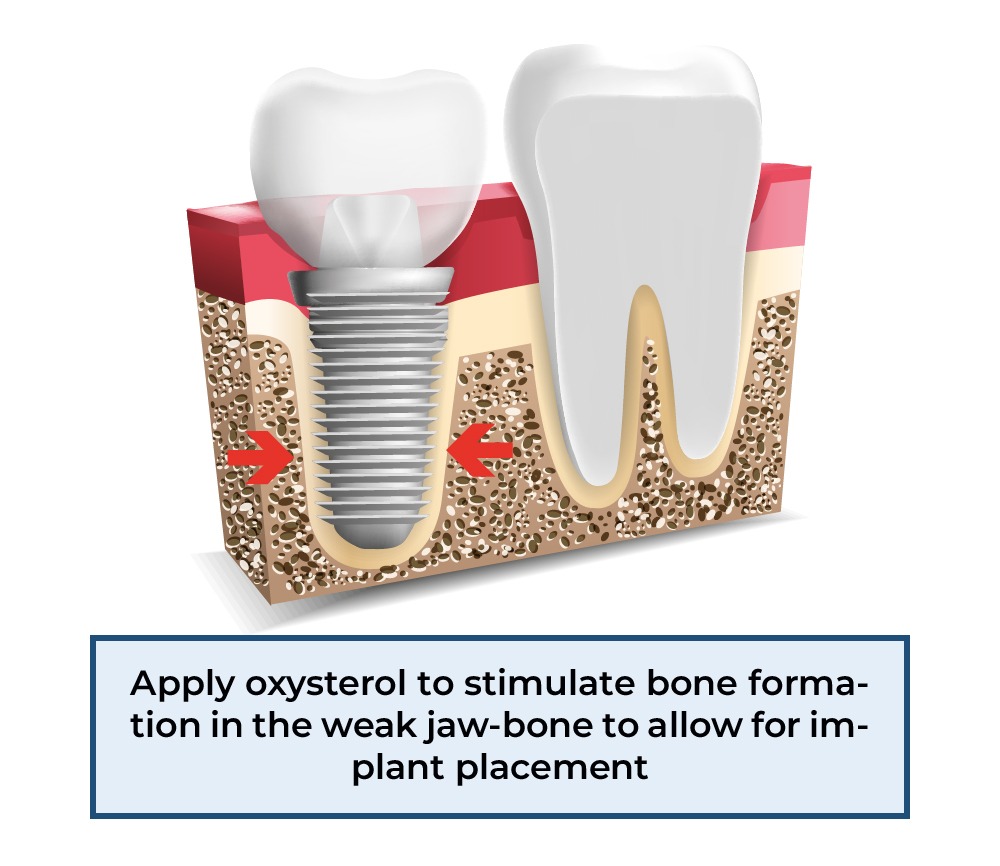
For dental patients in need of implants, the use of osteogenic oxysterols such as Oxy133 could have a significant positive impact. Often, dental patients have lost too much bone in their jaw to allow for an implant to be secured. Instead of using cadaver bone or bone harvested from the patient, a formulation of MAX BioPharma’s proprietary osteoinductive oxysterols may stimulate bone formation and strengthen the areas where implants can be placed.
Viral Diseases
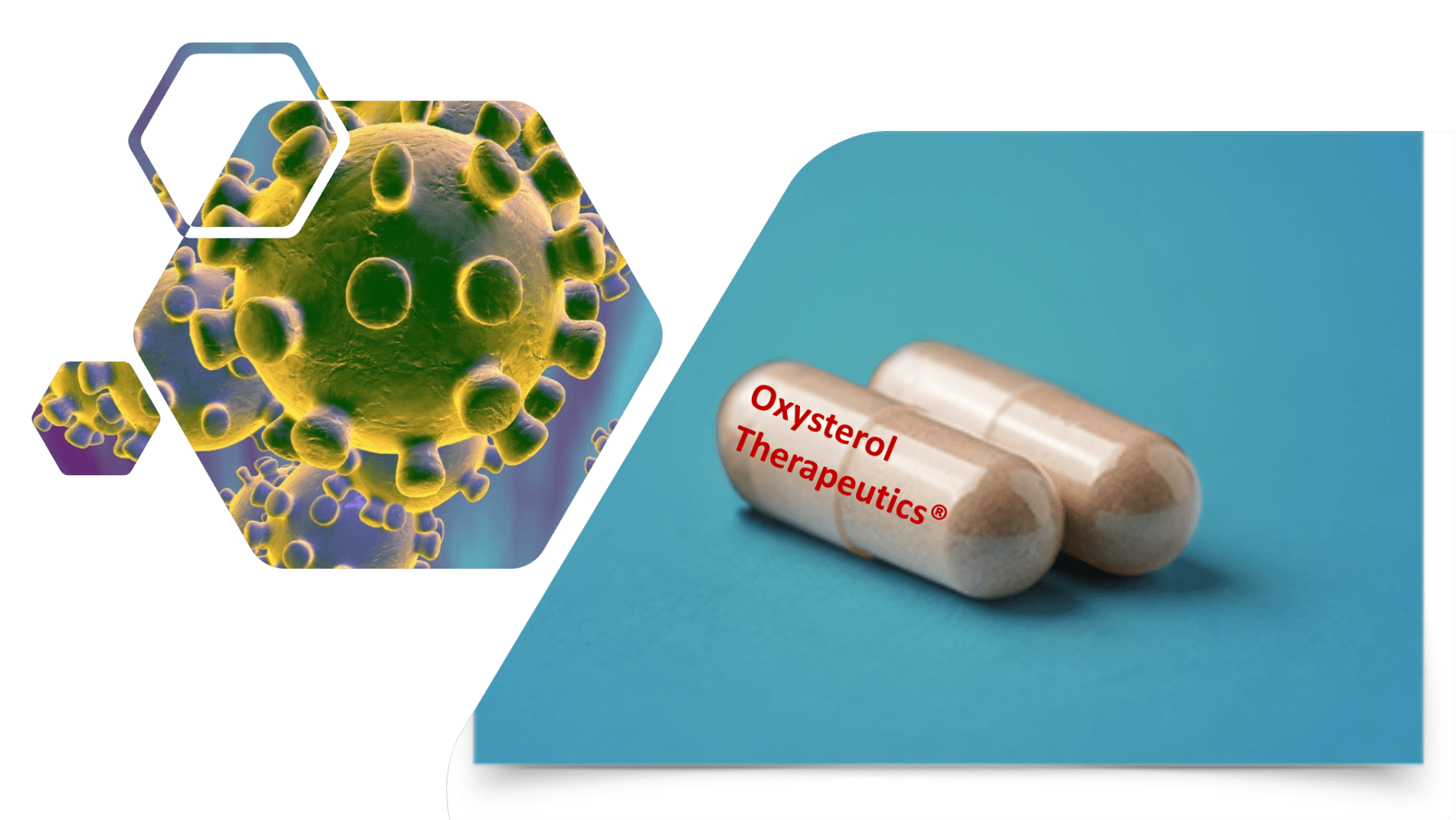
The Covid-19 pandemic has impacted human health and wellbeing worldwide. Safe and effective drug treatment options for Covid-19 are still needed to help vulnerable patients. Remdesivir (Veklury) and nirmatrelvir/ritonavir (Paxlovid) are FDA approved drugs to treat Covid‑19; however, these drugs are not without side effects. Through a research collaboration with the National Institute of Infectious Diseases in Tokyo, Japan, we and our colleagues have demonstrated that some oxysterols can prevent different strains of the SARS-CoV-2 virus from replicating in cell culture and human lung organoids.
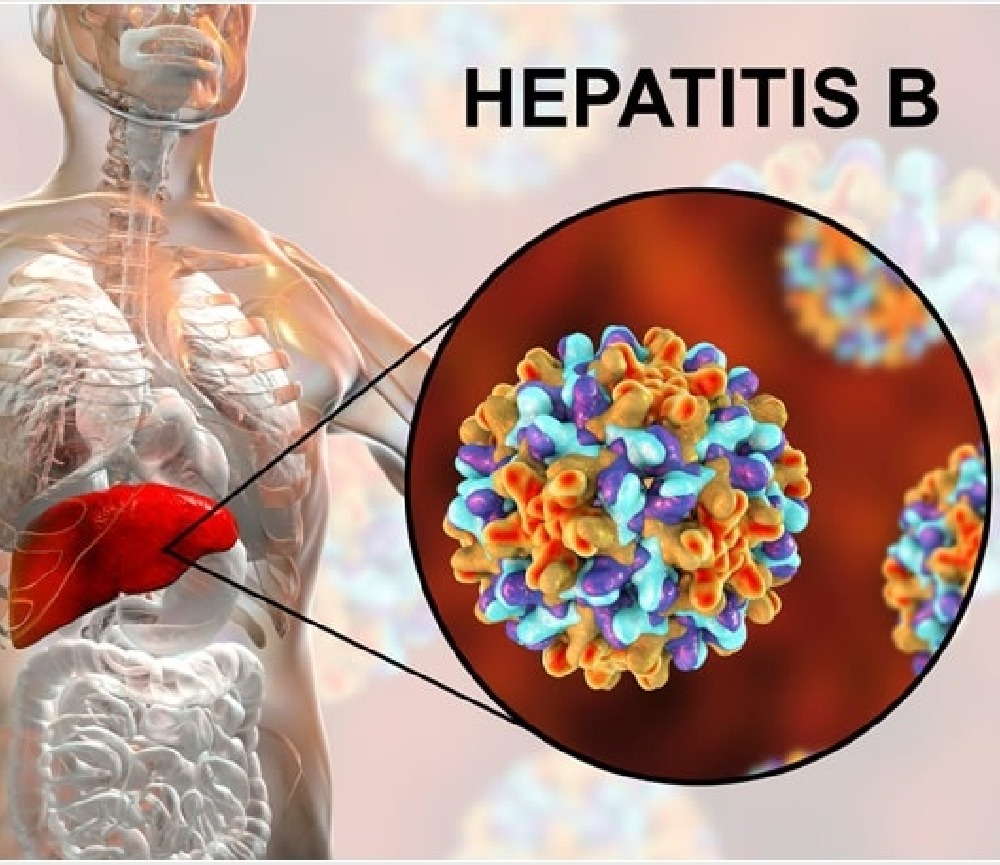
Patients with chronic HBV infections are at increased risk of developing significant liver disease, including cirrhosis (permanent scarring of the liver), as well as liver failure and liver cancer. The Hepatitis B Foundation estimates that more than 884,000 people die every year due to the consequences of hepatitis B disease. Although HBV infection is the most common liver infection in the world; luckily, most patients fully recover and avoid chronic HBV infection. However, nearly 300 million people worldwide are chronically infected with HBV, including more than 2 million Americans, according to figures published by the Hepatitis B Foundation.

